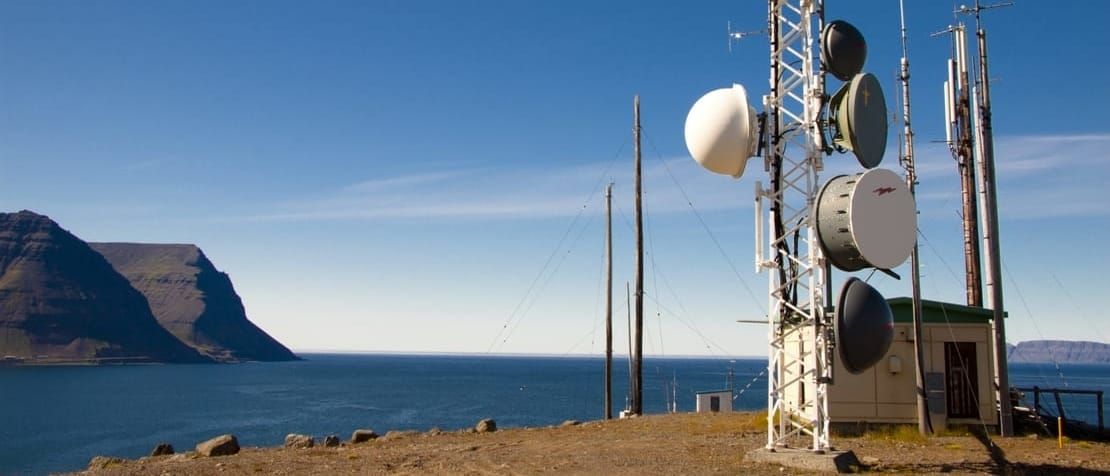
10 key standards from ITU’s Radiocommunication Sector
In the wake of World Standards Day earlier this week, ITU’s Radiocommunication Sector (ITU-R) would like to highlight 10 standards that are key to the seamless functioning of technologies in the wireless world.
The ITU-R Recommendations constitute a set of international technical standards developed by studies undertaken by Radiocommunication Study Groups on the use of a vast range of wireless services, including popular new mobile communication technologies.
Developed by experts from administrations, operators, the industry and other organizations dealing with radiocommunication matters from all over the world and are implemented worldwide and approved by ITU Member States.
In the spirit of World Standards Day 2018, the ITU-R Radiocommunication Sector highlights the following 10 key standards:
- Recommended unwanted emission levels
- In the spurious domain (Rec. ITU-R SM.329)
- In the out-of-band domain (Rec. ITU-R SM.1541)
- Radio noise recommended levels (man-made and natural) (Rec. ITU-R P.372)
- Reference receiving earth station antenna pattern for BSS (Rec. ITU-R BO.1213)
- Specifications for radionavigation-satellite service (Rec. ITU-R M.1787)
- IMT Specifications (Rec. ITU-R M.1457 & M.2012)
- Digital switchover of maritime communication (Rec. ITU-R M.2010, M.2058 and M.2092)
- Requirements for implementation of dynamic frequency selection (DFS) in WAS (incl. RLAN) for facilitating spectrum sharing with RDS (Rec. ITU-R M.1652)
- Algorithms to measure audio programme loudness and true-peak audio level (Rec. ITU-R BS.1770-4)
- Technical standards and spectrum for WMO Integrated Global Observing System (Rec. ITU-R RS.1029, RS.1883)
- Radio interface standards applicable for PPDR operations in some parts of the UHF band (Rec. ITU-R M.2009)
Visit the website to learn more about ITU-R Recommendations.
